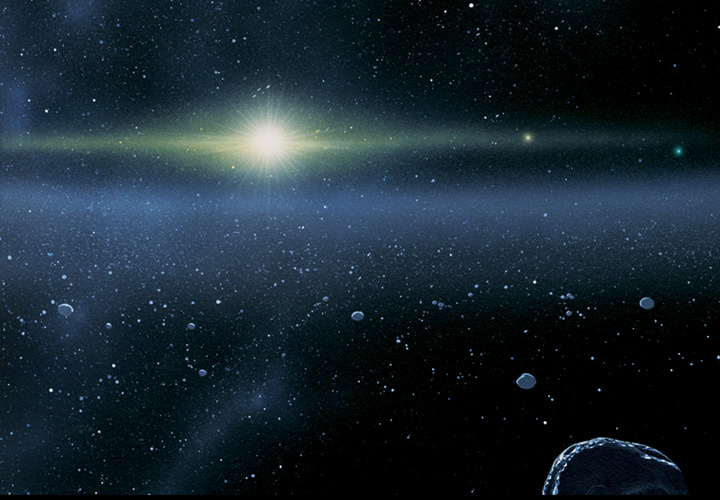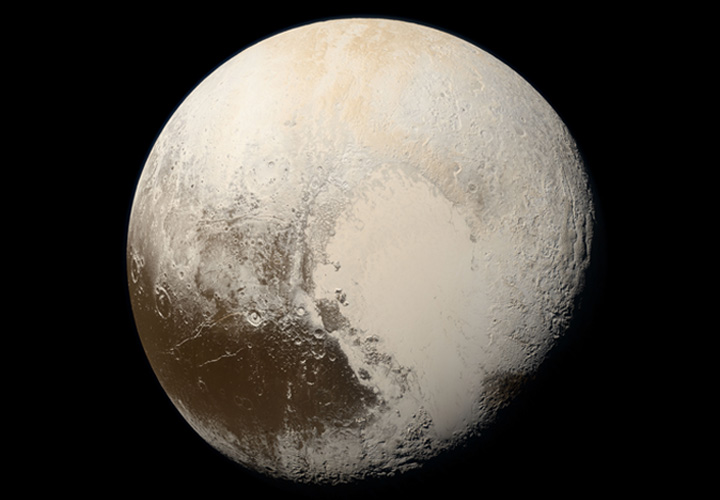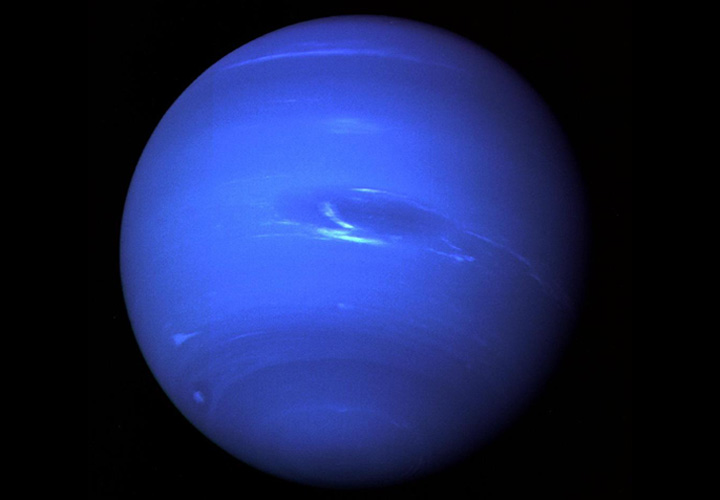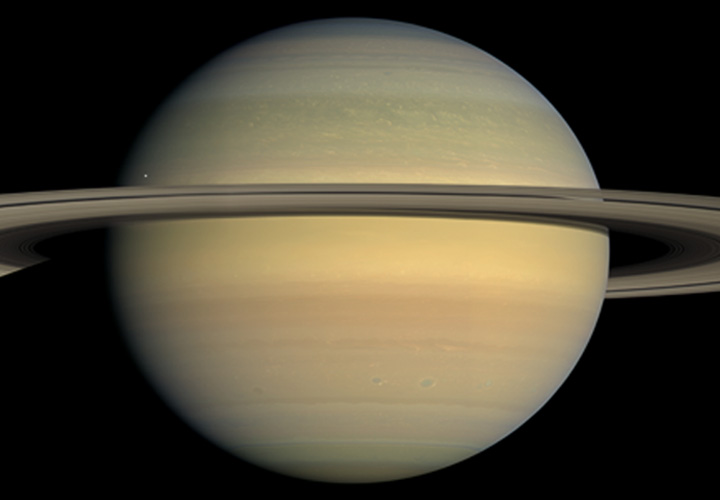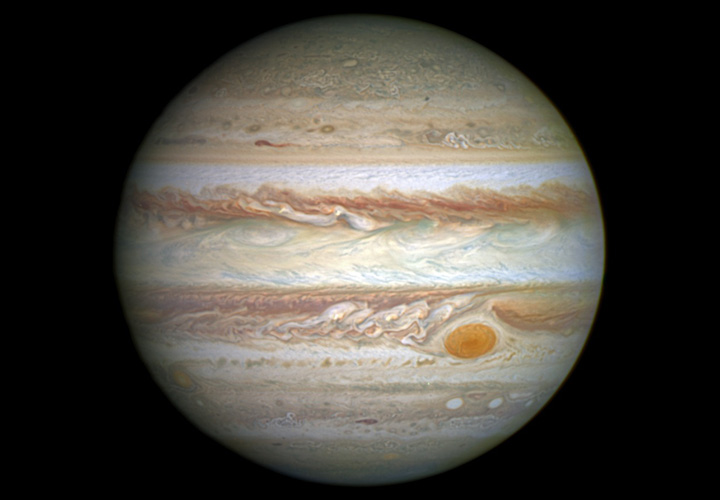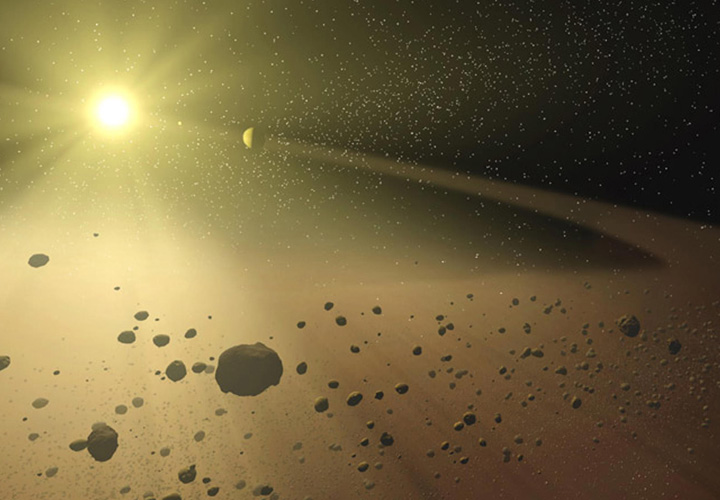Why we need more people like Elon Musk to Save our Nature
Elon Musk is an Engineer, Entrepreneur and a Billionaire. Be it his work, his love life or tweets, he is always in the News. He is not the richest person on the planet but he is certainly loved more than most of the richer ones. As a person, he has an army of admirers and a group of people who just hate him.
15 Facts about Kuiper Belt and Beyond: Trans-Neptunian Objects
The Solar System doesn’t end with the planets, there’s a whole world after it. Starting with the Kuiper Belt (काइपर घेरा), Scattered Disc, Detached Objects and the undiscovered Oors Cloud (ऑर्ट क्लाउड), the boundary of the Solar system is way further. These objects are known as Trans-Neptunian Objects (TNOs). This vast dark world has many unknown secrets waiting to be discovered. Here are some interesting facts about the Trans-Neptunian Objects: No confirmed direct observations of the Oort cloud have been made Kuiper belt is similar to the asteroid belt but is far larger—20 times as wide and 20 to 200 times as massive Appendix: AU Some of the Solar System’s moons, such as Neptune‘s Triton and Saturn‘s Phoebe, may have originated in the region Many compounds that would be gaseous when closer to the Sun remain solid in the Kuiper belt The region now called…
15 Facts about Neptune: The World Far Away
The last one in the family, Neptune ( ♆ , वरुण ) is a world far far away. This cold planet with Supersonic winds is a mysterious place in the dark. Here are some interesting facts about Supersonic Neptune: The discovery of Neptune was initially credited to both British astronomer John Couch Adams and French astronomer Urbain Le Verrier. Later, it was concluded that Adams does not deserve equal credit with Le Verrier for the discovery of Neptune. The credit belongs only to the person who succeeded both in predicting the planet’s place and in convincing astronomers to search for it. Neptune was discovered about 12° from Adams’ prediction Shortly after its discovery, Neptune was referred to simply as “the planet exterior to Uranus” or as “Le Verrier’s planet”. Claiming the right to name his discovery, Le Verrier quickly proposed the name Neptune for this new planet …
Menstruation! The Taboo which shouldn’t be One!
If you are a woman younger than 12 or a man who avoids the word ‘feminism’, you can relate the word “menstruation’ to the TV advertisement with a lady in white pants and a small diaper drenched with a blue liquid from a test tube. Haven’t we all tried to decipher the advertisement at least once in our lifetime? Then we grew up; some men learned and some are still oblivious. Women learned it the hard way. Our life changed and while our parents were happy, we couldn’t understand why?
How we managed to stay blind on climate change
The talk around climate change is nothing new. Humans were always selfish when it comes to their own profit over other species’ lives. We killed off Mammoth, Dodo and many others. As the population of homo sapiens skyrocketed, the degradation of the environment reached a scary level. Now, we are almost on the ‘no-return’ stage of climate decay.

